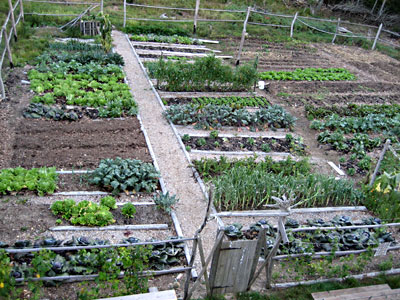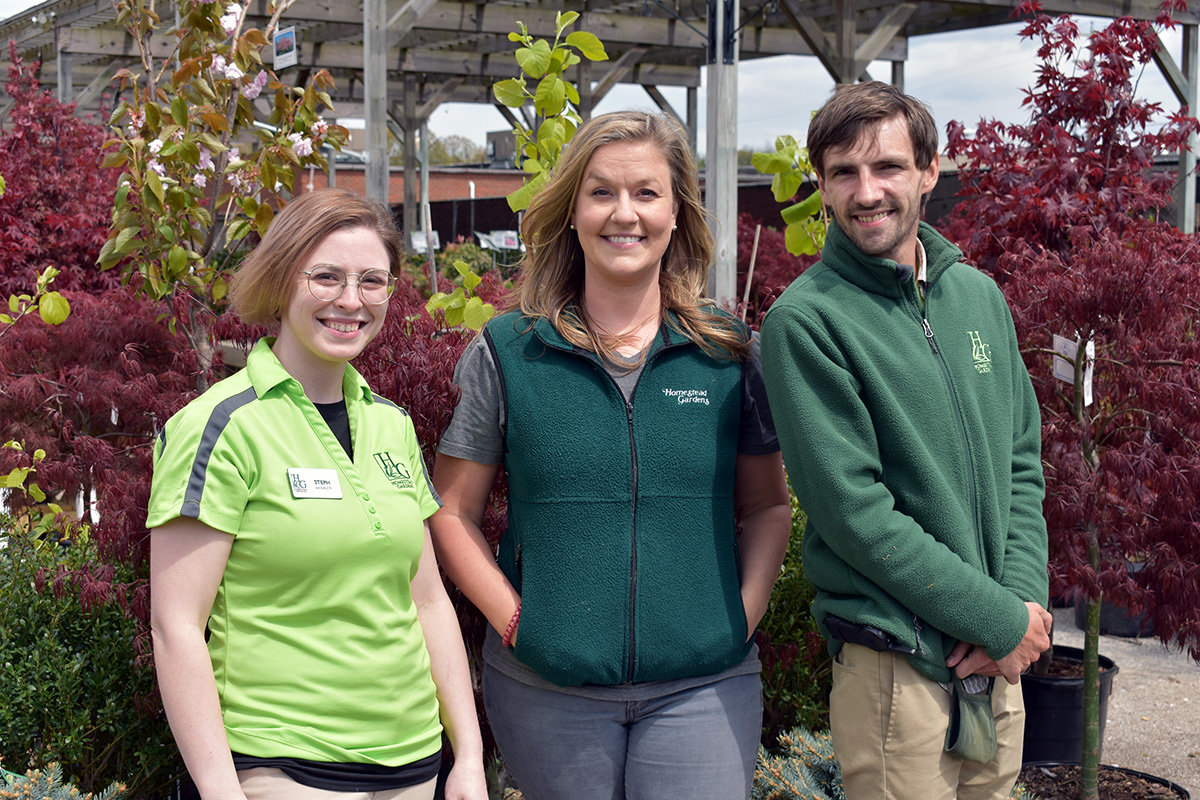Expert-Approved Tips on Homestead Gardening
Expert-Approved Tips on Homestead Gardening
Blog Article
Discover Important Tips for Effective Horticulture Techniques and Practices
Gardening, typically viewed as a simple leisure activity, includes a variety of techniques and methods that can dramatically influence the outcome of your efforts. By focusing on crucial elements such as soil health and wellness, efficient sprinkling approaches, and appropriate plant choice, garden enthusiasts can create a flourishing environment that sustains vivid development. Comprehending the subtleties of bug administration and seasonal upkeep can additionally improve efficiency. Yet, lots of lovers ignore important information that can make or damage their gardening success-- checking out these neglected aspects may disclose the trick to growing a growing garden.
Recognizing Soil Wellness
Soil wellness is a fundamental facet of successful horticulture, as it directly affects plant growth, nutrition availability, and ecological community balance. Healthy and balanced soil is defined by a rich biodiversity of bacteria, natural matter, and a well balanced pH level, which with each other develop an atmosphere helpful to plant advancement.
To recognize soil health and wellness, one must consider its physical, chemical, and biological properties. The structure and framework of soil impact its capacity to retain wetness and nutrients, while the chemical make-up identifies the availability of necessary elements like potassium, nitrogen, and phosphorus. Regular soil screening is critical to evaluate these aspects, permitting garden enthusiasts to make informed decisions relating to modifications and plant foods.
Furthermore, promoting organic task within the dirt is essential for keeping its health. Practices such as composting, crop rotation, and the use of cover crops can improve microbial diversity, enhance nutrient cycling, and minimize dirt disintegration. By focusing on soil health and wellness, gardeners not only optimize plant growth but also add to a sustainable ecosystem, guaranteeing that their gardening practices are resistant and eco liable with time.
Reliable Sprinkling Methods
Making sure that plants get the suitable amount of water is vital for their wellness and development, especially when combined with a solid structure of dirt health and wellness (Homestead Gardening). Efficient watering strategies can dramatically affect plant vitality, reducing water wastefulness and advertising optimal development
One basic technique is deep watering, which encourages origins to grow much deeper into the dirt, enhancing dry spell resistance. This technique typically includes watering much less frequently however in larger amounts, allowing wetness to penetrate the root area completely. Timing is additionally important; morning is the suitable time to water, as it minimizes dissipation and allows foliage to completely dry throughout the day, minimizing disease dangers.
In addition, utilizing compost can help maintain dirt moisture and control temperature level, further helping reliable watering methods. Making use of a drip irrigation system can likewise supply targeted moisture directly to the origins, making certain that water reaches where it's most needed while saving sources.
Keeping track of rainfall and dirt dampness levels can direct modifications in your watering timetable, ensuring plants receive constant hydration without over-saturation. By taking on these reliable sprinkling techniques, gardeners can promote a successful setting for their plants to flourish.
Plant Selection and Placement
Exactly how can the ideal plant option and critical positioning change a yard into a flourishing community? The synergy between plant varieties and their positioning is important for developing a lively yard. When selecting plants, consider elements such as environment, dirt type, and sunshine direct exposure. Indigenous varieties are usually the best choice as they are adjusted to neighborhood problems and call for much less maintenance.
Strategic positioning involves preparing plants according to their development routines and requirements. Taller plants should be positioned at the rear of borders to stop shading much shorter plants. Furthermore, grouping plants with comparable water and light demands can enhance their development and minimize competition for sources.
Including a diversity of plants not just includes aesthetic allure however also advertises biodiversity, drawing in advantageous pests and pollinators. Think about the seasonal changes in your yard; select a mix of evergreens, annuals, and perennials to make sure year-round interest.
Last but not least, keep in mind to assess the mature dimension of plants before growing to avoid congestion and guarantee ample air find more information flow. Thoughtful plant option and tactical positioning create an unified setting, enabling your yard to flourish while lessening challenges.
Bug and Condition Management
Efficient pest and illness monitoring is important for preserving a healthy and balanced garden environment - Homestead Gardening. An aggressive method, integrating social, biological, and chemical techniques, can substantially reduce the impact of bugs and conditions on your plants

Biological controls, such as introducing useful bugs like ladybugs or predative termites, can maintain bug populaces in check without hurting the atmosphere. Furthermore, preserving plant health and wellness with appropriate watering, fertilization, and pruning will reinforce their durability against diseases.
When intervention is necessary, opt for targeted chemical therapies, making certain to adhere to application standards to reduce damage to non-target organisms. Constantly focus on lasting methods, as they promote long-term garden wellness and eco-friendly equilibrium. By incorporating these techniques, gardeners can effectively take care of illness and insects, ensuring thriving plants and an effective garden.

Seasonal Maintenance Practices
In spring, emphasis on soil preparation by screening pH levels and including necessary modifications. Frequently inspect arising plants for diseases and parasites.
As summertime strategies, make sure adequate watering while monitoring for indications of stress or illness. Prune back thick plants to urge air circulation and lower humidity around foliage. This technique not only improves plant wellness however additionally promotes flowering and fruiting.
With the arrival of fall, it's time to prepare for wintertime. Tidy up fallen leaves and debris to avoid pest invasions, and take into consideration planting cover crops to enhance dirt health. This season is additionally ideal for dividing perennials and growing spring-flowering light bulbs.
Verdict
Successful gardening hinges on the combination of audio techniques in dirt health, watering, plant choice, bug monitoring, and seasonal upkeep. By prioritizing soil testing and microbial diversity, utilizing efficient sprinkling approaches, and selecting appropriate plants, gardeners can produce prospering ecological communities. In addition, proactive pest management and persistent seasonal upkeep contribute substantially to general yard vitality. Accepting these methods promotes a sustainable and efficient gardening environment, guaranteeing thriving growth and resilience throughout the changing periods.
By focusing on crucial my response aspects such as soil health, reliable watering strategies, and appropriate plant option, gardeners can create a growing environment that supports vivid development. By prioritizing dirt health and wellness, gardeners not just optimize plant development however also add to a sustainable ecological community, making sure that their gardening techniques are resilient and ecologically responsible over time.
Taller plants need to be positioned at the back of boundaries to avoid shielding shorter plants. Tidy up fallen leaves and particles to prevent insect problems, and take into consideration planting cover crops to enhance soil health and wellness.Effective gardening hinges on the assimilation of sound techniques in soil health and wellness, watering, plant option, insect monitoring, and seasonal maintenance.
Report this page